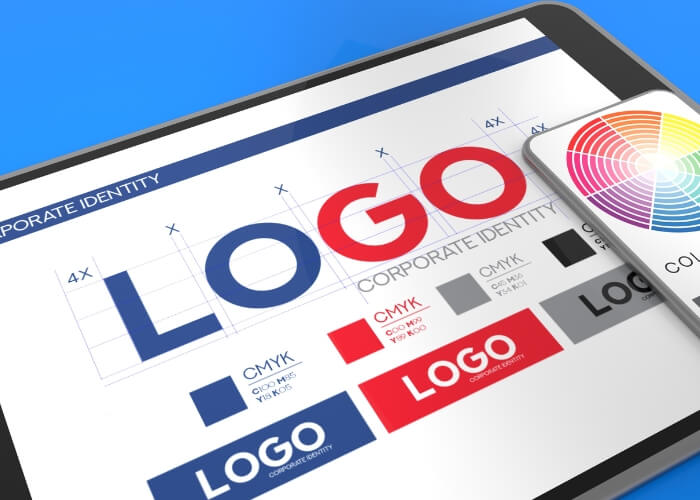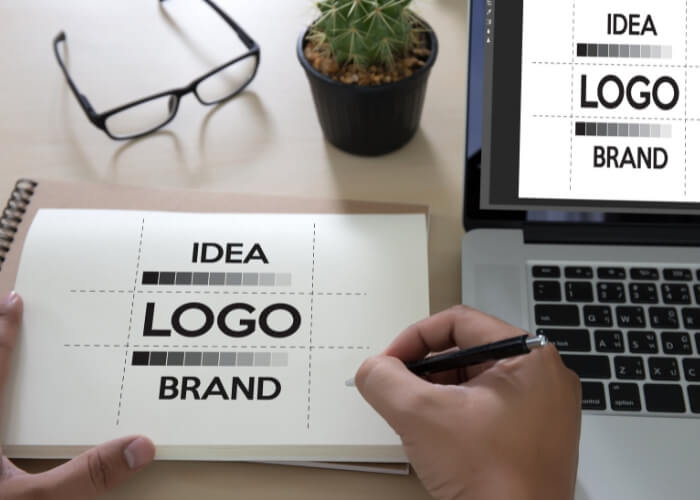High-resolution logos are logos, which are at least 300 pixels per inch (ppi). This resolution logo makes for good print quality and is pretty much a requirement for anything that want hard copies of, especially for representing brand or other important printed materials. High-resolution logo used for sharp prints and to prevent jagged lines.
JPG(Joint Photographic Experts Group)
- The jpg, or jpeg, is arguably the most commonly used image file format.
- JPGs are useful when a small file size is crucial, like in an email signature.
- Photographers designed it for use with photographs and photo-like images, so it works best for images with smooth transitions between colors.
- As a loss compression format, it’s a poor choice for graphics with a sharp contrast between pixels.
PNG(Portable Network Graphics)
- PNG was developed to avoid a lawsuit regarding the licensing of GIF technology back in 1994.
- PNG doesn’t support color spaces for print.
- While it typically has a larger file size than a JPG, it can compress further when storing images containing text, line art, and areas of solid colors.
- PNGs are raster files so it’ll see pixels if try to increase the image size.
- Transparency is infinitely useful in web applications, and lossless data compression results in cleaner, sharper images.
AI(Adobe Illustrator Artwork)
- AI is a proprietary file format by Adobe.
- Unless the file is saved with PDF compatibility, can only view an AI with the appropriate Adobe software.
- An EPS file can do anything like an AI can do, but as Adobe expands ease of transfer within its software programs, AIs are becoming more viable as a logo format.
- AI is editable, scalable, and transparent.
EPS(Encapsulated PostScript)
- EPS is the favorite logo file format for print.
- It also has unlimited color capacity.
- Adobe develops it in the mid-1980s, it’s transparent, scalable, and editable if have the right software.
- With a PNG for digital applications and an EPS for print, can do anything, if ever need to, with brand’s logo.
- It keeps the logo file from dictating the layout of the print piece due to its size and background.
PSD (Photoshop Document)
- PSD is an image file format native to Adobe’s popular Photoshop Application.
- PSD files are mainly used for containing high-quality graphics data.
- It’s an image editing with an easy format that supports multiple image layers and various imaging options.
DST (Data Stitch Tajima)
- DST is a very commonly-used proprietary embroidery format originally from Tajima.
- DST files contain metadata elements: labels, but it do not contain colors.
- The files contain only stitch commands for the embroidery machines and have a maximum stitch/jump length of 121.
In case of any inquiry for logos and formats, the Houston logo design team can assist free of cost with the consultancy wing support.





